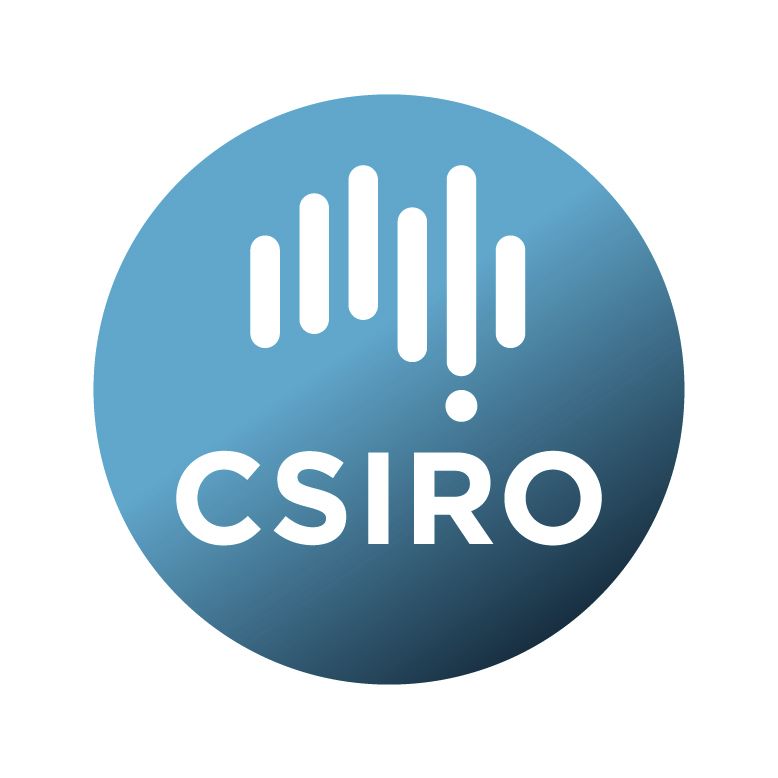Brief description
The origin of Fast Radio Bursts (FRBs) is still unclear with a plethora of theoretical models for their origin. Several models predict associated multi-wavelength emission, but previous searches for optical, X-ray or gamma-ray counterparts of FRBs have not led to any detection. The Galactic magnetar SGR 1935+2154A has been observed to simultaneously emit FRB-like bursts and X-ray flares, which suggests that also extragalactic FRB sources may exhibit X-ray counterparts.Because of the high cost of X-ray satellites and in face of the relatively low FRB detection probability in their small field of view, coordinated radio and X-ray observations are logistically very difficult to set up. We propose a new approach using the X-ray satellite XMM-Newton and the Parkes/Murriyang radio telescope to put constraints on the theoretical models: We aim to conduct shadowing observations with the Parkes telescope to search for new FRBs in fields that are simultaneously covered by XMM-Newton. We hereby target regular XMM observations of nearby (low-z) galaxies, to increase our detection chances of possibly associated X-ray emission. In case of an FRB detection in the radio band, we will have guaranteed simultaneous X-ray coverage and will get detailed information about the associated X-ray spectrum and light curve since all XMM-Newton data will become public a year after the observation.
Available: 2023-09-19
Data time period: 2023-04-01 to 2023-09-30
Subjects
Astronomical Sciences |
Astronomical Sciences Not Elsewhere Classified |
Physical Sciences |
transients |
User Contributed Tags
Login to tag this record with meaningful keywords to make it easier to discover


